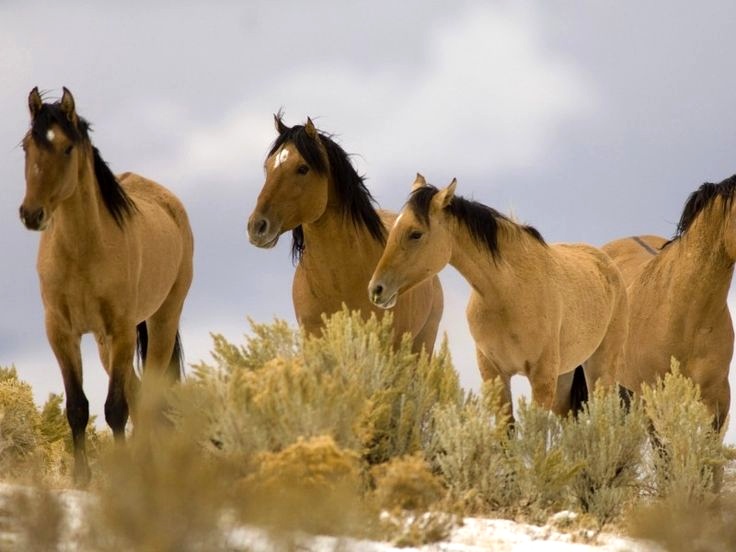Dressage is a sport that has been around for centuries and has become increasingly popular in recent years. In dressage, riders and their horses perform complex movements that require precise control and synchronization. While some argue that dressage is a form of animal cruelty, others believe that it is a beneficial form of exercise and training for the horse. In this article, we will examine both sides of the argument to determine whether dressage is cruel to the horse or not.
What is Dressage?
Dressage is a competitive equestrian sport in which riders and their horses perform a series of complex movements. The movements are intended to showcase the horse’s athleticism, strength, and agility. Dressage is a highly skilled sport that relies on the connection between the rider and horse. To be successful, the horse must be well-trained and obedient, and the rider must have a good understanding of the horse’s abilities and movements.
The History of Dressage
Dressage has a long history, dating back as far as the ancient Greeks. The ancient Greeks used dressage to train their horses for war, and it has been used for centuries for military training. In the 18th century, French equestrian Francois Robichon de La Gueriniere developed a system of dressage that focused on the horse’s obedience, suppleness, and balance. This system is still used today in modern dressage competitions.
Benefits of Dressage
Proponents of dressage argue that the sport has many benefits for the horse. Dressage can improve the horse’s strength, balance, and coordination. It can also help the horse to become more obedient and responsive to the rider’s commands. Additionally, dressage can help to develop trust between the horse and rider, as the two must work together to perform the movements.
The Argument Against Dressage
Critics of dressage argue that the sport is cruel to the horse and can lead to physical and mental trauma. They point to the use of certain equipment, such as tight bridles, spurs, and whips, as evidence that the horse is being subjected to unnecessary pain and discomfort. Additionally, some critics argue that the movements required in dressage are unnatural for the horse and could lead to injury or exhaustion.
Dressage Training
Despite the criticism, many experts believe that dressage can be safely practiced if the horse is properly trained. To ensure the safety of the horse, dressage riders must use gentle training techniques that focus on building trust and communication between the horse and rider. Additionally, riders must be aware of the horse’s physical limitations and avoid pushing the animal beyond what it can handle.
Competition Regulations
Many organizations, such as the International Equestrian Federation (FEI), have strict regulations in place to ensure the safety and welfare of the horses in dressage competitions. The regulations limit the use of certain equipment and require that the horse is treated humanely and responsibly. Additionally, the regulations state that the horse must be given ample rest and recovery time between performances.
The Role of the Rider
The success of dressage largely depends on the skill and knowledge of the rider. The rider must have a good understanding of the horse’s capabilities and must be able to communicate with the animal effectively. The rider must also be aware of the horse’s physical and mental limitations and must ensure that the animal is not pushed too hard.
Conclusion
Overall, dressage can be a beneficial form of exercise and training for the horse, but it must be practiced responsibly. If the horse is given proper training and the rider is aware of the animal’s limitations, then dressage can be a safe and enjoyable experience for both the horse and rider. However, if the horse is not trained properly or if the rider does not show the animal respect and care, then dressage can be a form of animal cruelty.

